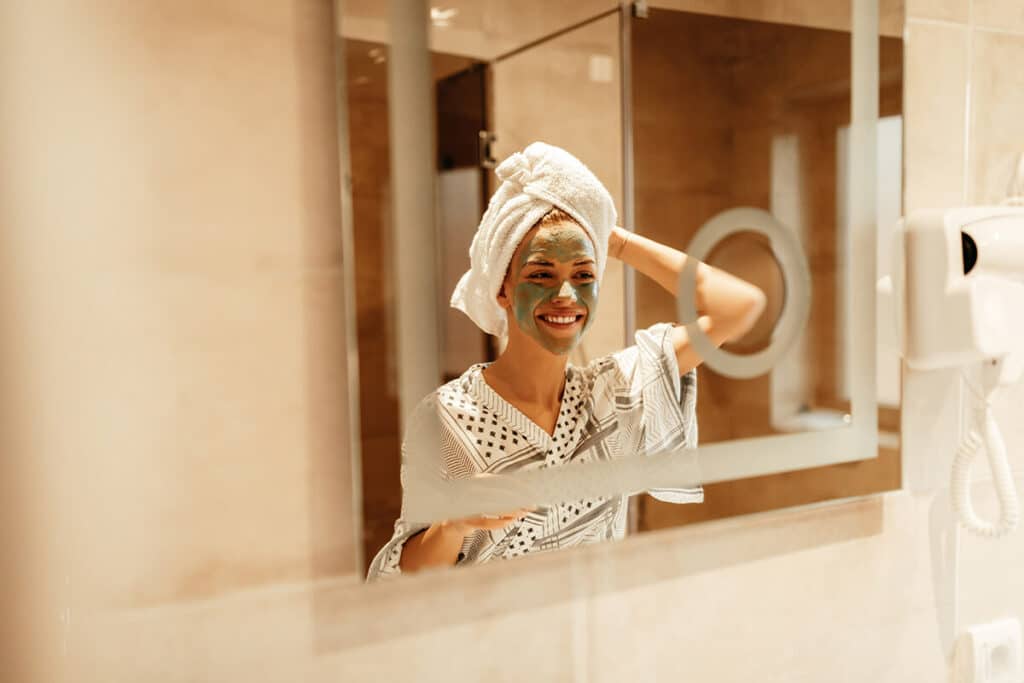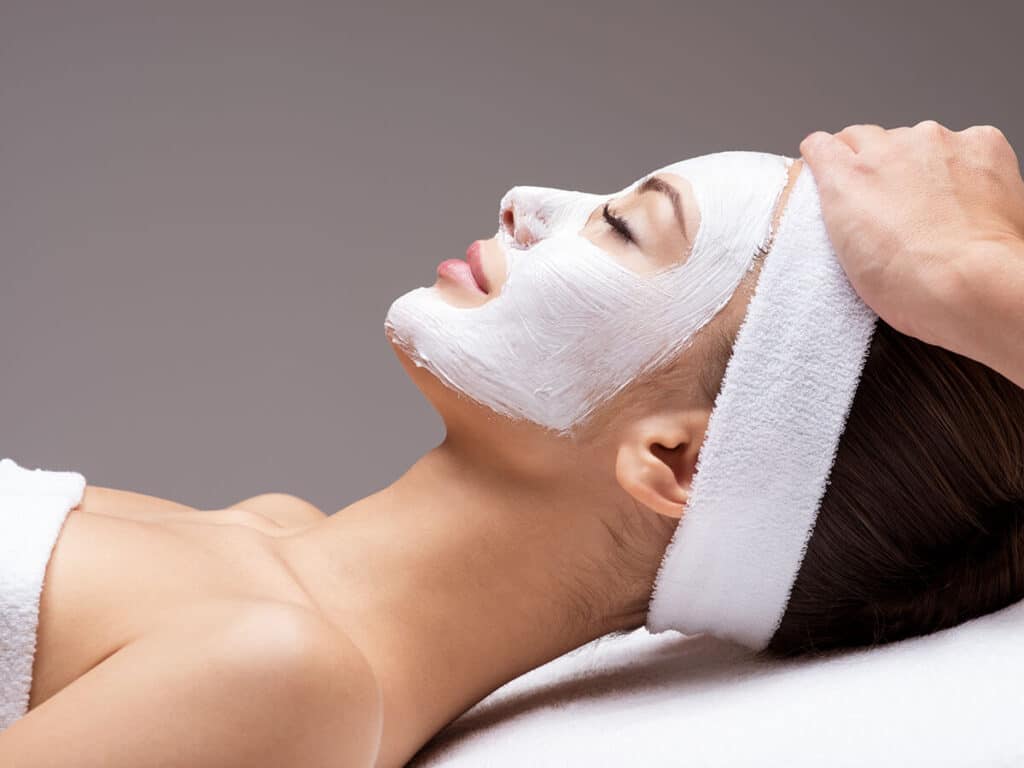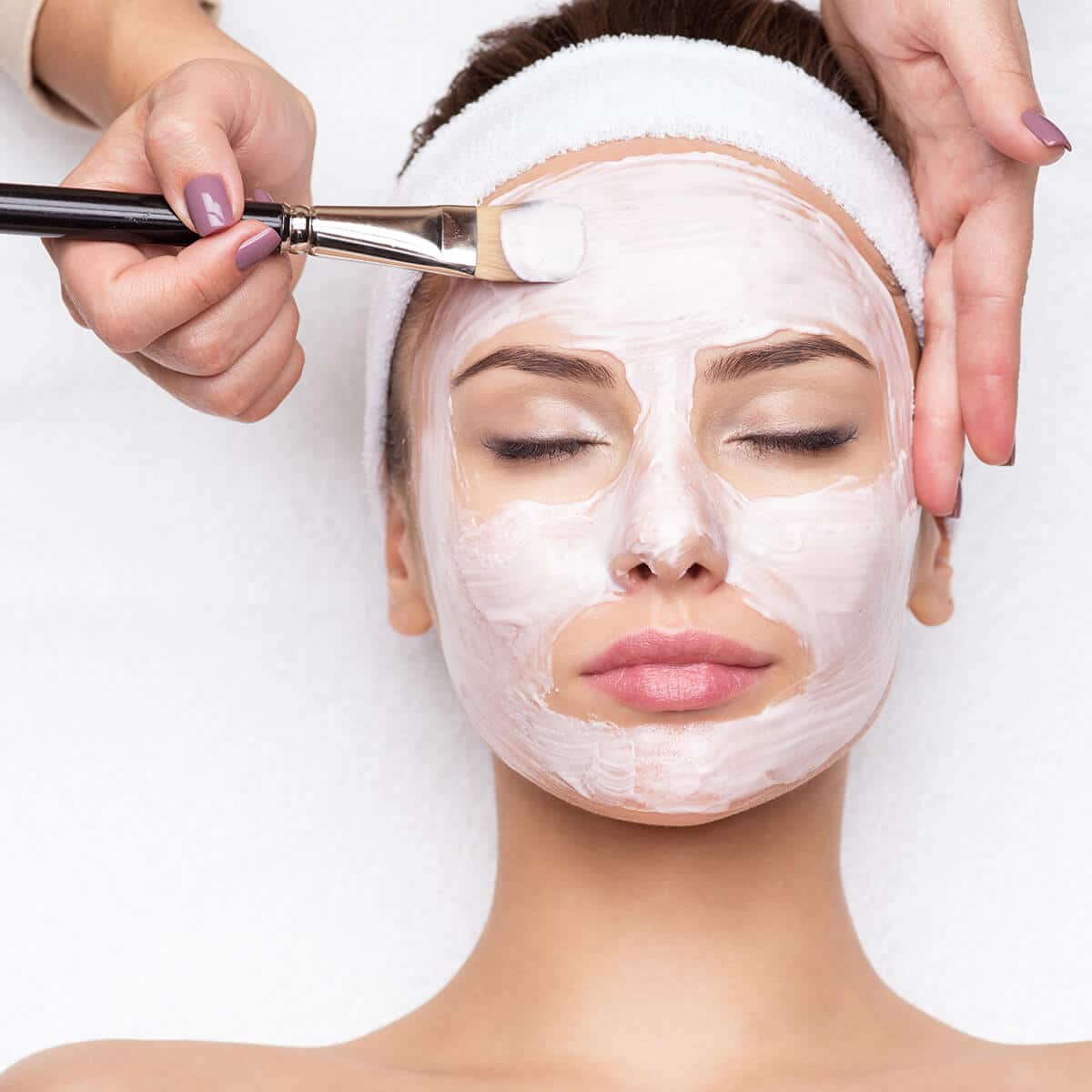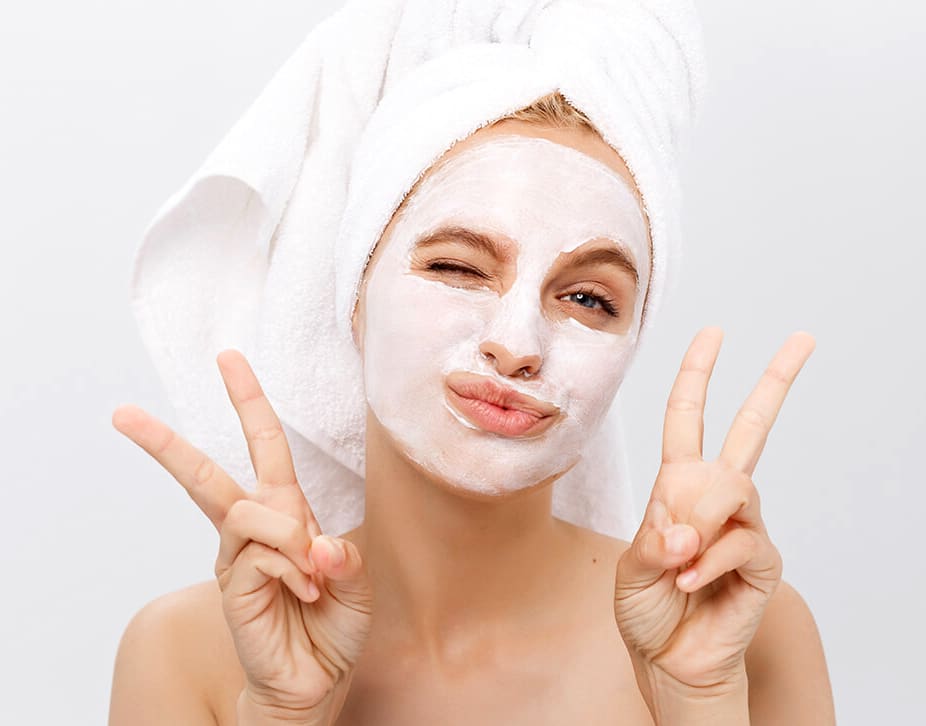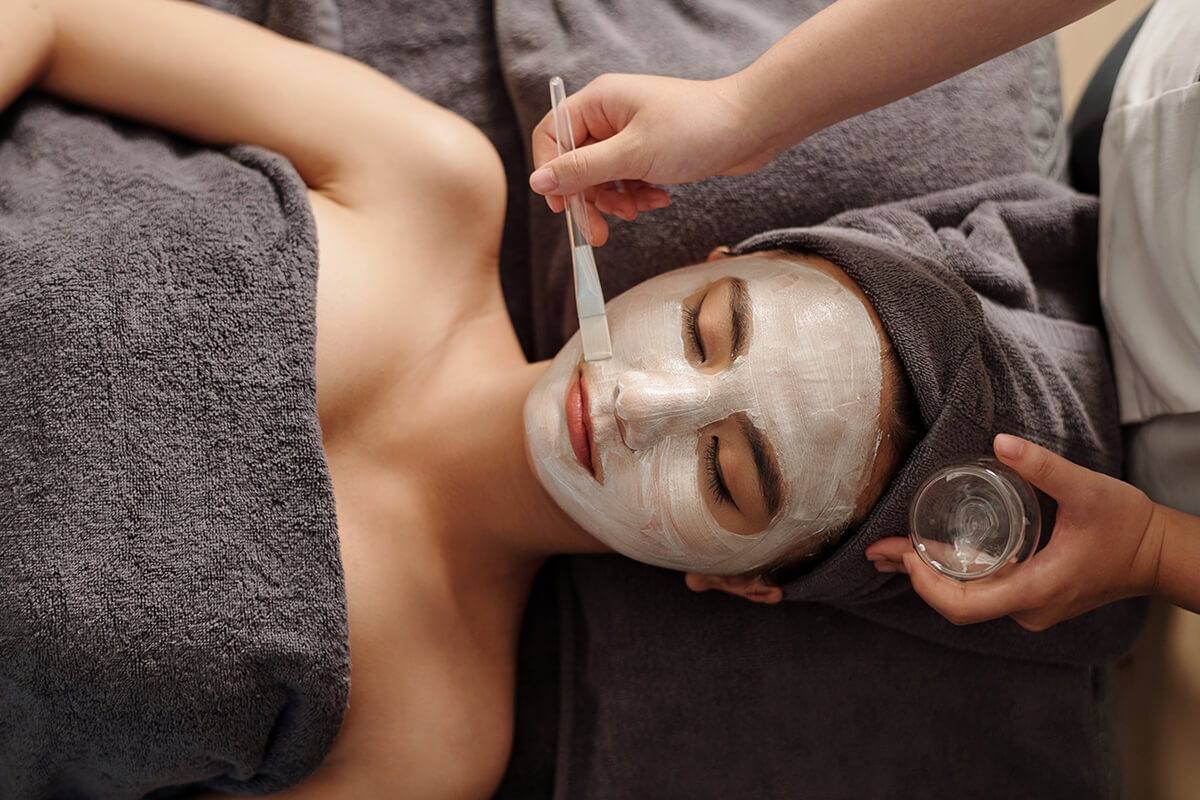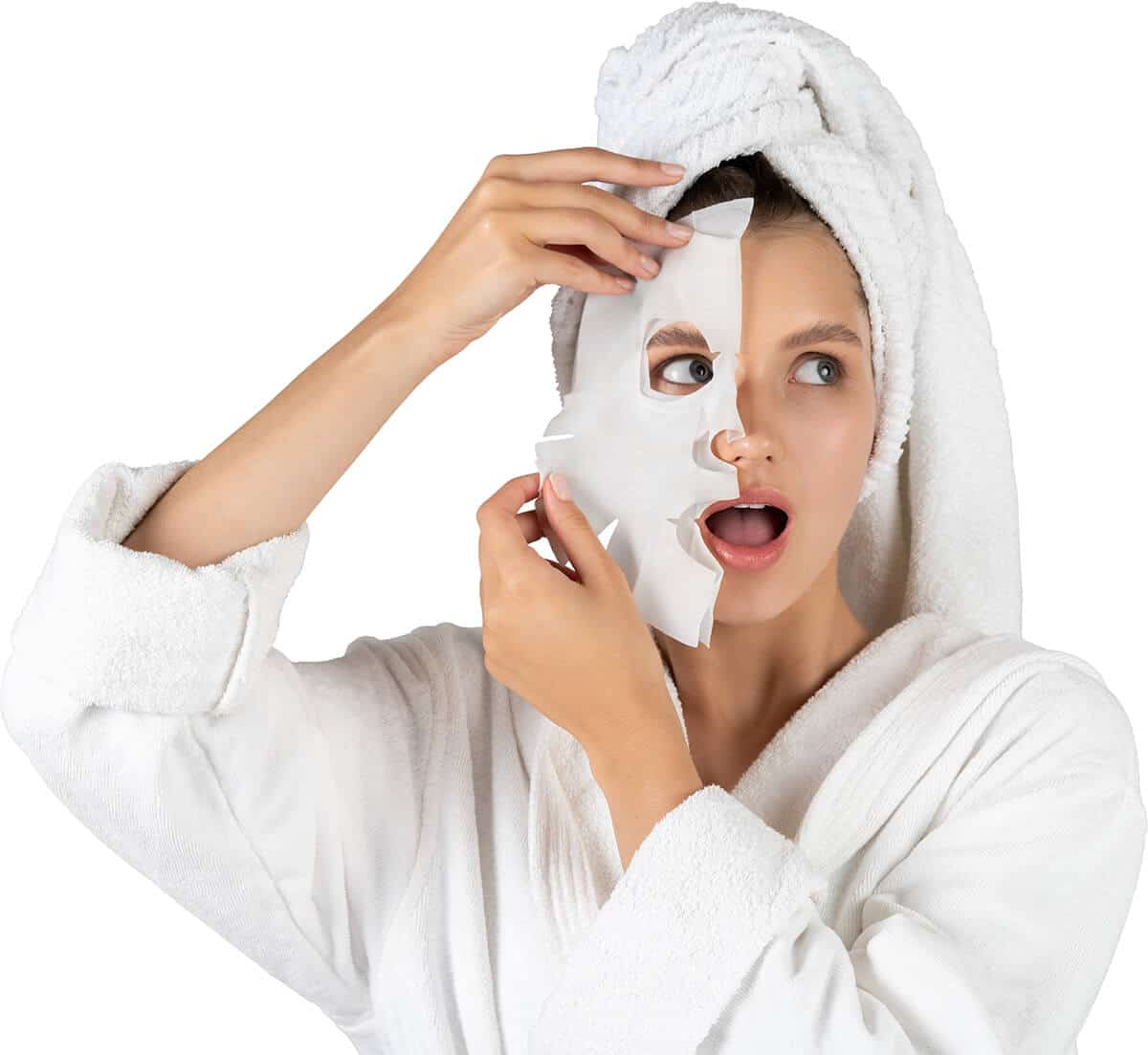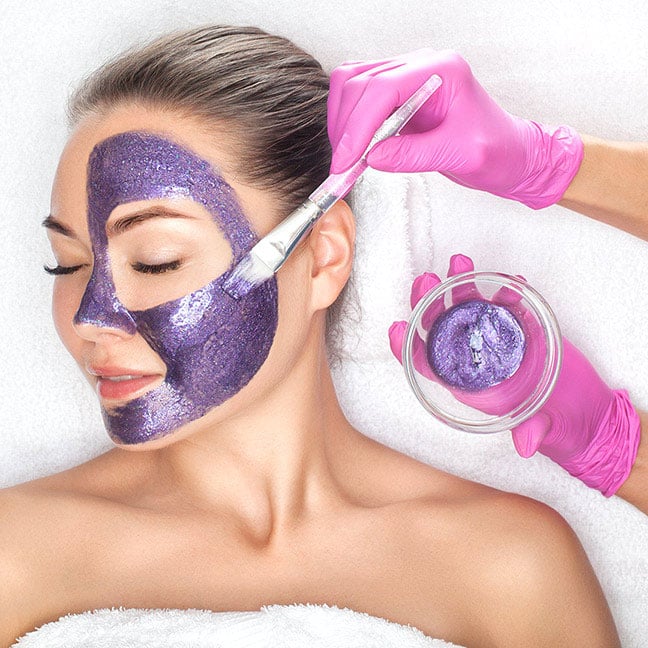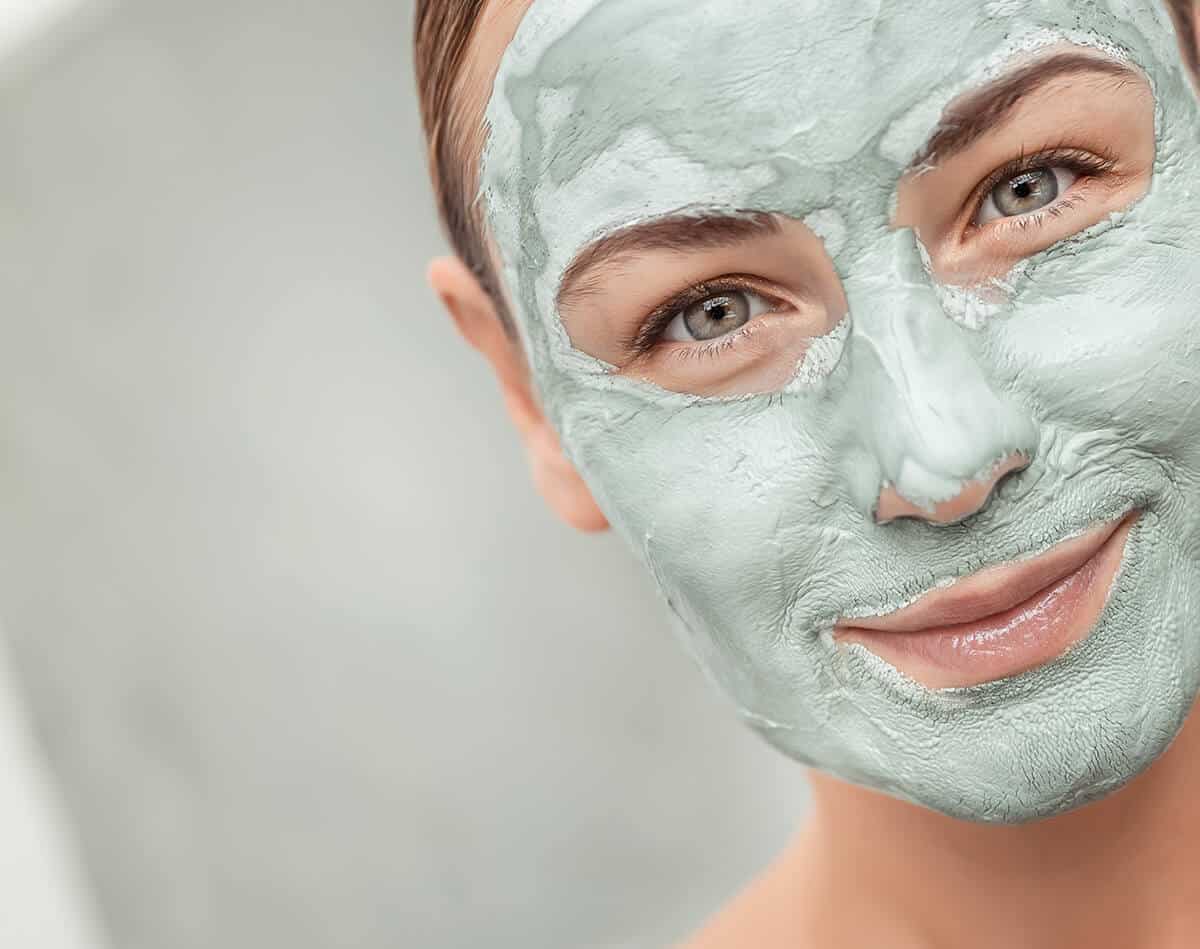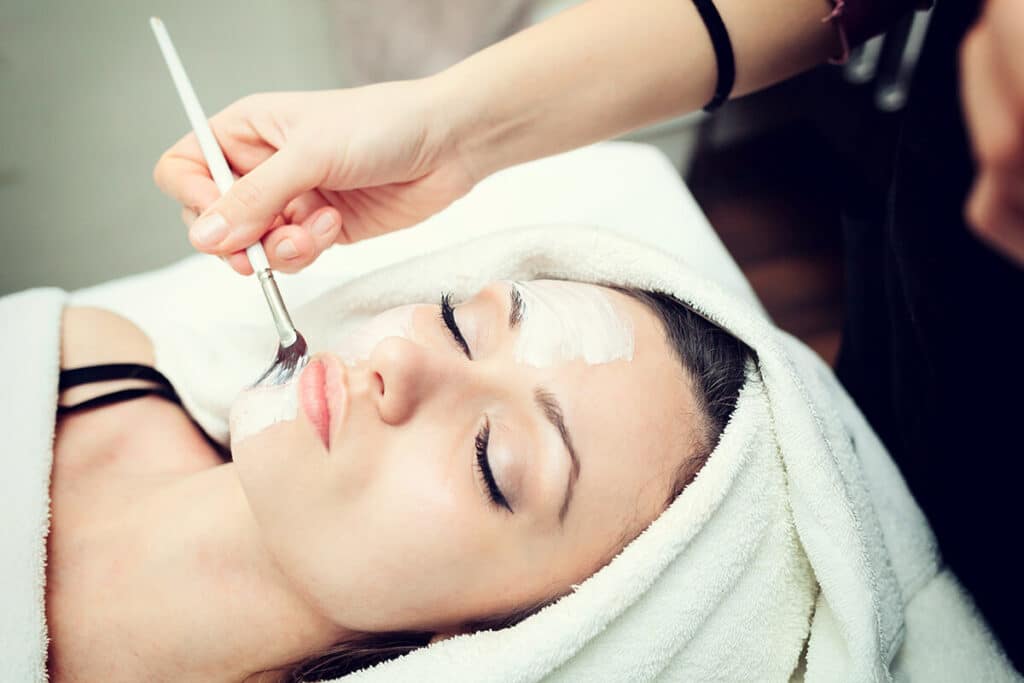
Are you someone who always suffers from a breakout? People suffering from acne prone skin have several issues to worry about, including proper care for the face. A breakout on the cheek can spread over to the chin or forehead if you fail to contain the first one. Another concern is finding the right products such as moisturizers or serums that are safe for sensitive skin.
Most people don’t think of facials when searching for a solution to treat acne. Generally, this skin condition is painful and leaves acne scars. With all the products and tools used for facials, it’s no surprise that people with acne prone skin avoid them. However, getting a facial for this skin condition is not only possible, but also recommended by experts.
The Aesthetic Spa Facial Academy (ASFA) professional facialist prepared this guide to introduce the best solutions and topical treatments for acne prone skin. Beginners and professionals alike can learn the different types of facial treatments suitable for this skin issue.
What is Acne?
People between the ages of 12 and 24 are mainly affected by Acne vulgaris. Despite its typical occurrence in young people, around 12% of men and 25% of women in their 40s also experience it. Therefore, thinking that only teenagers suffer from it is a misconception.
Pimples, whiteheads, and blackheads are the types of acne. Pimples with pus (pustules) and those without pus (papules) are what commonly characterizes this condition. In severe cases, acne vulgaris can form nodules and cysts under the skin. These skin issues can cause permanent scars if managed poorly.
Types of Acne
Comedonal Acne
Comedonal acne is the umbrella term for whiteheads and blackheads. When you look closely, you can see whiteheads as little white bumps on the skin surface. They are closed comedones, clogging the skin and keeping pores blocked. On the other hand, blackheads are open comedones, which means you can remove them from open pores.
Inflammatory Acne
While comedonal acne is the mildest skin type here, inflammatory acne or pimple is a more concerning issue. Papules are small red bumps that are visible because of inflamed skin. Pustules (pustular pimples) are bulging bumps containing yellowish or white pus on the center. This acne type is moderate, although it likely will not leave a scar once they heal.
Nodulocystic Acne
The worst kind of acne is arguably nodulocystic or scarring acne, which is painful and characterized by serious acne breakouts often. Experts often associate it with hormonal acne and classify it into two types. Nodular acne appears as red or flesh-colored hard bumps underneath the skin. It takes on this appearance due to severe clogging and inflammation of the pores.
The second type is an acne cyst, which appears as a large and inflamed bump filled with pus. Although it has a soft texture, this condition is painful due to the larger it gets. When it bursts, the fluid can spread on the surrounding skin and cause inflammation and infection.
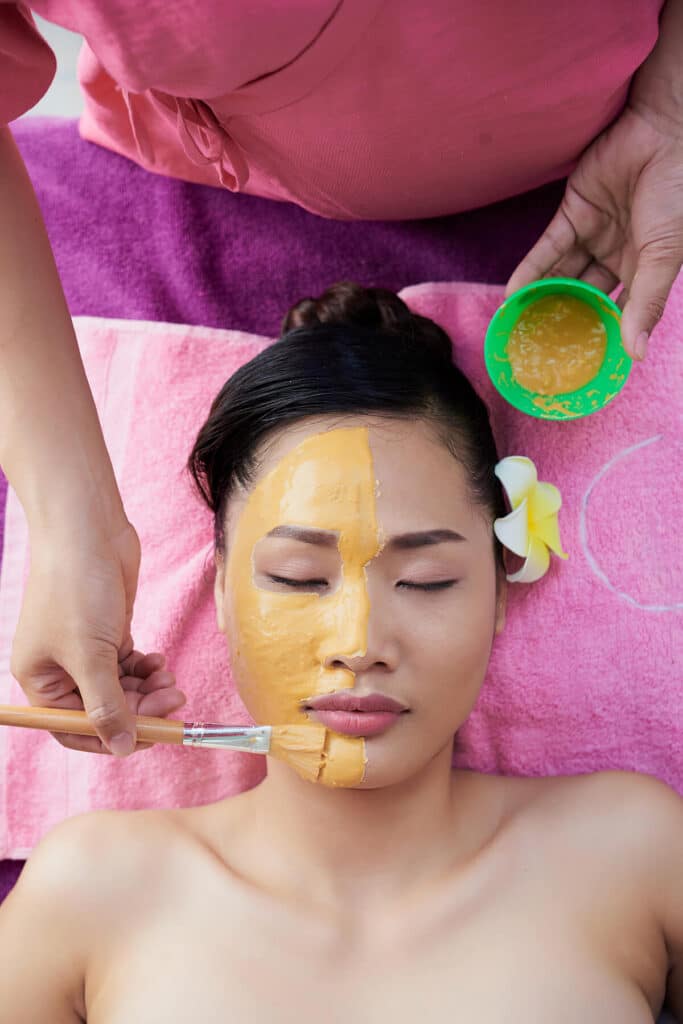
Causes of Acne
Acne results from hair follicles of the skin getting clogged with dead skin cells, bacteria, and oil. Sebaceous glands located beneath the surface of the skin produce sebum, which is an oily substance. These glands connect to the hair follicles, normally working to moisturize the hair and skin.
Sebaceous glands may overproduce sebum due to hormonal changes (i.e., puberty). This excess oil, combined with dead skin cells, clogs the hair follicles, and causes acne. It’s the reason why this skin condition is often chalked up as a bodily change in teenagers.
Nonetheless, there could be plenty of other factors that very effectively trigger this condition. For example, hormonal changes may occur during menopause, the menstrual cycle, pregnancy, and these can also trigger acne. Medications like oral contraceptives may also affect hormonal levels. Additionally, bacteria like Cutibacterium acnes may also aggressively reproduce in the sebum-rich hair follicles and clog pores further.
Knowing what caused the acne can help you find the most appropriate solution. It’s important that you know how to spot these reasons to avoid giving the wrong facial treatment. That is why you need to strongly consider learning from the facial courses of the Aesthetic Spa Facial Academy. You can learn more about acne and other skin conditions so you can offer the very best facial treatment services for treating acne prone skin.
Types of Acne Scars
In mild to moderate cases, a person with acne prone skin can have post-inflammatory pigmentation.Fortunately, this scar is actually very mild and can appear as a skin discoloration. These brown or pink blemishes are easy to treat with over-the-counter products. However, you can experience many types of acne scars that you should consider.
Atrophic Scar
Characterized by a sunken appearance, this scar is due to the acne healing below the skin’s normal layer. The shallow depression is often a result of cystic acne. The appearance and severity of this scar depend on the history of a person dealing with acne. This category consists of three types:
· Boxcar scar. This box-like depression is broad and has sharply defined edges. It commonly forms on the jaw or lower cheek, where the skin layers are relatively thick.
· Icepick scar. The small and narrow indentation of the icepick scar looks like it’s pointing down to the surface of the skin. This acne scar is tough to treat.
· Rolling scar. This scar has a wavy and uneven appearance, with a sloping edge that varies in depth.
Keloid Scars
Keloid and hypertrophic scars mark the area where the acne was with a raised lump. It happens when dead skin cells build up, usually on the chest, back, jawline, and shoulders. These types of scars become more prominent when the acne recurs in the same spot.
Keloid scars create a scar that is larger than the acne that caused it. They can appear as a pink, brown, or red slightly raised scar. Hypertrophic scars, on the other hand, are thick, wide, and form a more prominent lump than keloid marks. However, the scar size remains the same as the acne that caused it.
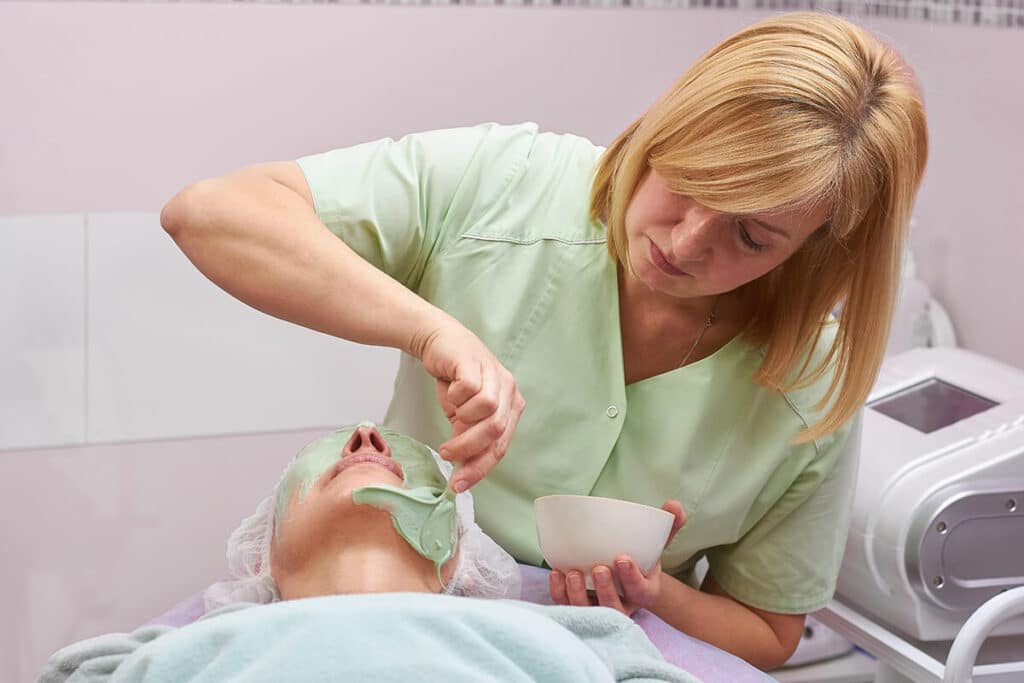
Best ways to treat acne
There is no magic cure-all for every skin problem in existence. Similarly, there are different types of acne that will require a specified course of treatment. The Aesthetic Spa Facial Academy provides an in-depth discussion of the basics of skincare. Our courses include understanding various skin conditions like acne and how to tackle them.
While these solutions don’t cure acne completely, they can calm the skin and can even prevent severe breakouts. However, you need to take caution with facials, especially if you or a client is undergoing medical treatment.
Classic facial—removing dead skin cells
A classic facial includes cleansing, exfoliating, and massaging. The first step clears dirt and dust particles that stick to the skin, while exfoliating removes the dead skin cells, which are a byproduct of the cell cycle. This ‘old’ skin buries the new skin cells, which can lead to comedones or pimples when left untreated.
Lastly, facial massage uses gentle moisturizer to hydrate the skin, giving it a more even tone. These steps are effective in removing blackheads and whiteheads, which are precursors to severe acne. A classic facial can keep skin clean and rejuvenated, helping keep acne at bay.
Decongesting facial—unclogging pores
The pore-digging technique used in a decongesting facial allows you to unblock clogged pores effectively. This type of facial is an excellent option for removing blackheads and whiteheads. It’s ideal for any minor breakout and can reward you with healthy pores and smooth and supple skin.
This facial treatment does not cure acne down to its root cause. However, it can deal with small bumps and pimples. For cysts and nodules, a decongesting facial will likely not provide the desired effect. Overall, this type of facial is a great solution for mild to moderate acne.
LED facial—light therapy
The non-invasive LED facial treatment is another excellent procedure to treat acne and other skin issues. This technique uses a combination of white, red, and blue infrared light to target blemishes and other skin concerns. The light energy actually penetrates deeply into the skin as well as stimulates the production of collagen. It can also reduce inflammation which makes the acne more pronounced.
Blue light therapy, a particular type of LED facial, has the power to kill C. acnes, the acne-causing bacteria. Another example is Broadband Light Therapy (BBL), which helps control sebaceous gland activity and reduce active acne lesions. That’s what makes this facial treatment expertly recommended for cystic acne.
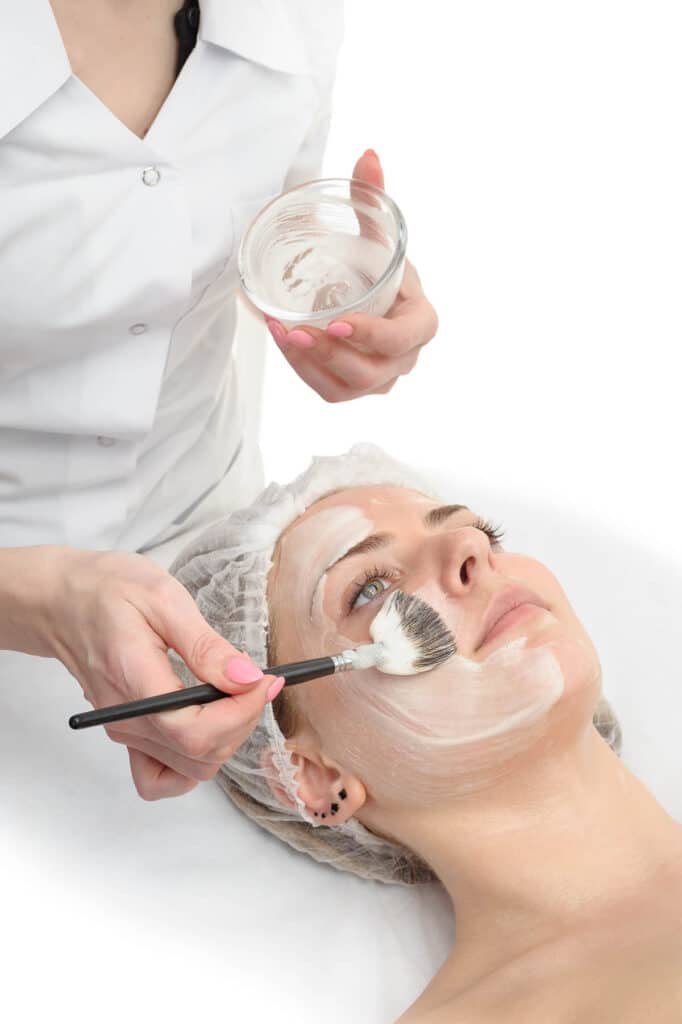
Microdermabrasion—clearing dead skin cells
The gentle microdermabrasion treatment basically exfoliates the epidermis or the upper skin layer. It’s a powerful procedure that uses only a small device to work its magic. It clears away dead skin cells and reveals healthy glowing skin. Lasting only around 30-40 minutes, this procedure provides amazing results for whiteheads, blackheads, acne scars, and pigmentation.
Removing the old layers of the skin can prevent pores from clogging. This facial treatment gets rid of impurities that can trigger acne prone skin. Furthermore, it enhances the effectiveness of skincare products, allowing the formula to penetrate deeply into the skin.
Brightening facial—for a youthful glow
A brightening facial uses a combination of peels, masks, scrubs, and serums. This treatment utilizes chemical peels that work to remove the scars formed from the acne. It has a two-way action: firstly, it slows down melanin production. This step helps alleviate hyperpigmentation that is a consequence of acne. Next, it removes the top layer of dead skin cells and reveals new skin cells underneath.
Brightening peels often require multiple sessions to achieve the desired results. Aside from an even tone and better skin texture, this facial treatment helps prevent severe breakouts. Some people maintain clear and glowing skin using this type of facial.
Enzymes—regenerating the skin
Enzymes naturally occur in the body and spur various functions, some of which encourage skin regeneration. An enzyme facial is a natural facial treatment that helps regenerate new skin cells. This procedure makes use of fruits, which are fashioned into a peel-off mask. The natural chemicals break away the dead skin cells blocking the top layer of the skin.
The enzymes found in the peel break down the keratin protein found in the dead skin cells. It can reveal a clean, blemish-free layer of the skin that instantly brightens the face. Additionally, it peels off dust and bacteria. You can apply this facial for discolored skin and depressed acne scars.
Final Thoughts
As with any skin procedure, it’s best to evaluate the current treatment before planning a new one. Advanced techniques like LED facials and peels require professional training and experience to ensure the best results.
The Aesthetic Spa Facial Academy offers introductory and advanced courses that are perfect for aspiring and professional facialists. The online facial courses in our list are easy to follow and reveal the most suitable solutions for acne and other skin problems. You can enroll today and start learning these facial treatments that only a pro can perform!
